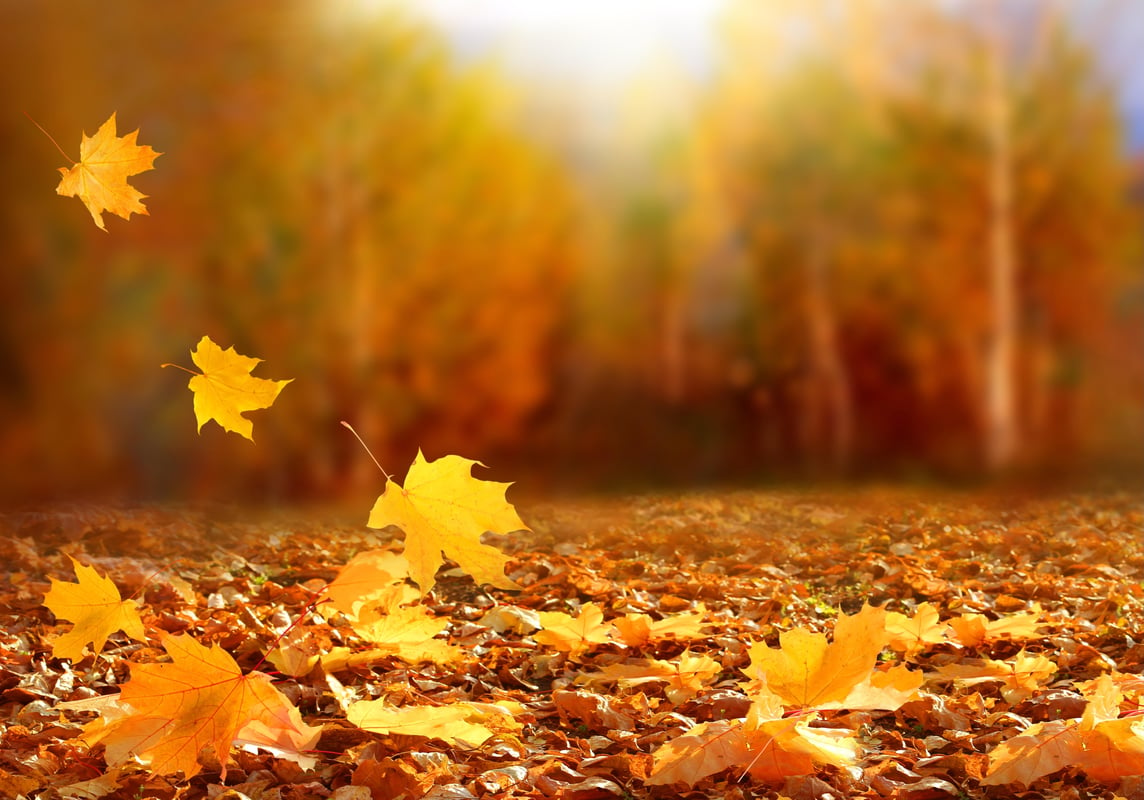With Days Getting Shorter, Are You at Risk for Seasonal Depression?

SATURDAY, Oct. 8, 2022 (HealthDay News) -- When summer turns to fall, the shorter days can cause some people to feel the "winter blues." Now one expert offers information on how to cope with seasonal depression, which comes during the cold, dark months of the year.
Also known as seasonal affective disorder (SAD), the condition can reflect a change in serotonin levels and be linked to depression.
"According to the Mental Health America National Organization, symptoms of seasonal depression can be similar to those that occur with depression," said Jeannie Larson, a professor at the University of Minnesota. "It can sometimes be difficult to discern SAD from other types of depression."
A diagnosis of seasonal depression can only be made after two consecutive occurrences of depression that begin and end at the same time every year, along with no symptoms during other times of the year, Larson said.
While about 5% of the U.S. population experiences SAD, the numbers are as high as 10% in the northern latitudes, a 2013 study showed.
Women have higher rates of SAD, which tends to start when person is between 20 and 30 years old.
Symptoms include those of depression, anxiety, mood changes, sleep problems, changes in eating habits, lethargy and sexual problems.
The condition may present as feelings of misery, guilt, hopelessness, diminished interest in activities and loss of self-esteem. A person may feel tension or be unable to tolerate stress. Sometimes a person with SAD has mood extremes, with periods of mania in spring and summer. Other symptoms can include increased appetite, loss of libido, desire to avoid social contact and disturbed sleep.
A person with SAD may feel symptoms worsen as the winter begins and feel more isolated or anxious than in the past because of ongoing stressors from the pandemic.
"The beginning symptoms of SAD may exacerbate the preexisting stressors from COVID, making one less capable of dealing with issues then one might have been able to before," Larson said in a university news release.
Larson manages the Nature-Based Therapeutic Services at the Minnesota Landscape Arboretum of the University of Minnesota, and her areas of expertise include therapeutic horticulture, animal-assisted interactions and therapeutic landscapes.
She is working with an interdisciplinary team of scientists to look at the effects of walking in green and suburban environments on a patient's mood and other outcomes.
More information
The U.S. National Institute of Mental Health has more information on seasonal affective disorder.
SOURCE: University of Minnesota, news release, Oct. 4, 2022
Related Posts
Income a Factor in Whether You Get Lifesaving ECMO Breathing Support: Study
FRIDAY, April 7, 2023 (HealthDay News) -- New research suggests that gender and...
Herbals, Yoga, Ginkgo: What Alternative Treatments Help Fight Heart Failure?
MONDAY, Dec. 12, 2022 (HealthDay News) -- It’s tempting to follow the latest...
Unos científicos usan edición genética para revertir una importante causa de ceguera en estudio con ratones
VIERNES, 17 de marzo de 2023 (HealthDay News) -- Un experimento de edición...
EE. UU. abre el mercado de las fórmulas infantiles a los suplidores extranjeros
JUEVES, 7 de julio de 2022 (HealthDay News) -- La administración de Biden...
